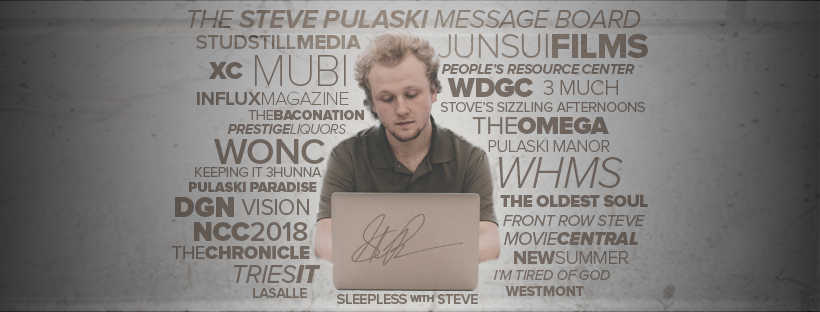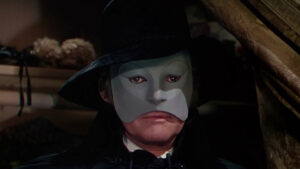Publication Date: 10-29-2025
Phantom of the Opera (1943) review
Dir. Arthur Lubin
By: Steve Pulaski
Rating: ★★★
Before I even begin to discuss the quality of Arthur Lubin’s Phantom of the Opera, I offer a question that must be pondered. For the past week, I have been reviewing films straight out of the recently-released Universal box set containing eight films billed as “monster movies” between the years 1931 – 1954. So, to my surprise, following Bride of Frankenstein, is the 1943 color-film adaptation of the popular French opera Phantom of the Opera. Reading its segment in the included booklet, it talks extensively about the 1925 adaptation of the film, starring Lon Chaney Jr., that made people faint from fright and require theaters at the time to have smelling salts handy for female members of the audience who may pass out from shock (specifically during the reveal of the Phantom’s disfigured face).
So, after reading its brief writeup, which talks more about the 1925 adaptation than the 1943 adaptation, I need to wonder, why was this version the one featured in a box set housing monster films? It’s debatable to even call the Phantom character a monster, but more an unfortunate soul who serves as a protagonist and an antagonist of the story. Not only does the box set include the film that is in color, focuses more on the atmosphere and the luxurious qualities of the opera music itself and the set design, it includes the version that is more about putting together a successful opera than actually focusing on the Phantom character itself. Assuming Universal did not own the rights to the original 1925 film, basic research tells me they distributed and still own the rights to the film. I beg for an explanation on Universal’s part.
Make no mistake; Lubin’s Phantom of the Opera is a good film, strong musically, heavy on the set design, and professionally directed by Lubin, and beautifully colored thanks to the profound work of Technicolor. Questions just overcome its quality when I ask why Universal considered this a monster movie and felt it worthier to put the color-remake of the 1925 horror film, which focused on everything but the horror elements.

Because the story of Phantom of the Opera is widely known, reiterating its storyline seems like a worthless act of repetition. This adaptation, if anything, should be recognized for its amazing grandeur and its luscious set design. The film makes bold use of Technicolor, which, at the time, made everything appear as if it was colored in with a crayon. Here, the color is boastful indeed, but doesn’t hurt your eyes with its brightness. Seeing all the little micro-details in the backgrounds of shots make one question how this would’ve looked if it was in black and white. A lot more simplistic, most likely.
The one downside about Phantom of the Opera from 1943 is that its focus isn’t so much on Claude Rains’ memorable performance as “The Phantom,” but on the opera the Paris Opera House is putting on instead. This makes for kind of a miscalculation for many reasons. One, the set the film is featured on is blatantly dedicated to the monster characters of the time, so including this one (already a weird choice) that focuses more on surrounding events rather than the titular monster is a bit misleading. And second, it makes the film a bit less interesting, seeing as the elusive Phantom character is what holds the story together.
Phantom of the Opera is indeed a mixed bag. Heavy on the set décor and flawless in the aesthetic department, it unfortunately suffers from a questionable focus and is occasionally burdened by a bit of listlessness between events. However, it is rightfully a classic and succeeds collectively on its own merits…as a piece of drama, not horror.
My review of Dracula (1931)
My review of Frankenstein (1931)
My review of The Mummy (1932)
My review of The Invisible Man (1933)
My review of Bride of Frankenstein (1935)
My review of The Wolf Man (1941)
Starring: Claude Rains, Nelson Eddy, and Susanna Foster. Directed by: Arthur Lubin.
About Steve Pulaski
Steve Pulaski has been reviewing movies since 2009 for a barrage of different outlets. He graduated North Central College in 2018 and currently works as an on-air radio personality. He also hosts a weekly movie podcast called "Sleepless with Steve," dedicated to film and the film industry, on his YouTube channel. In addition to writing, he's a die-hard Chicago Bears fan and has two cats, appropriately named Siskel and Ebert!


